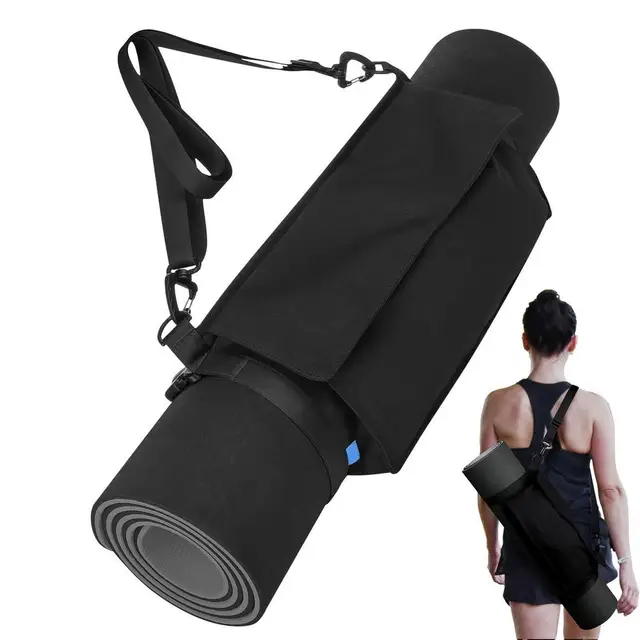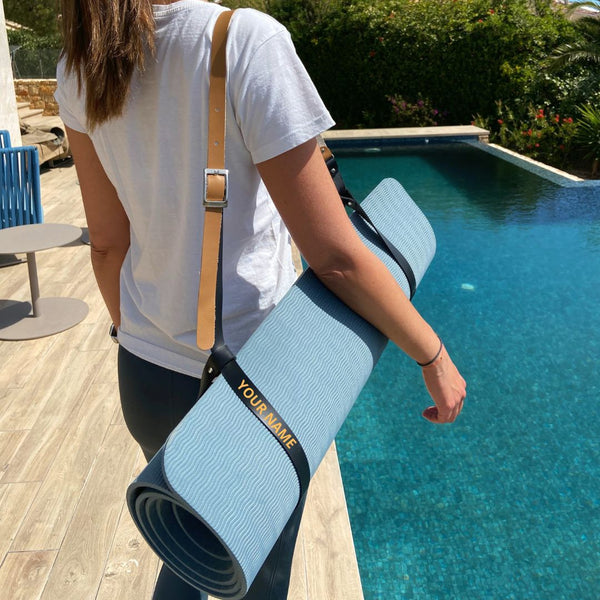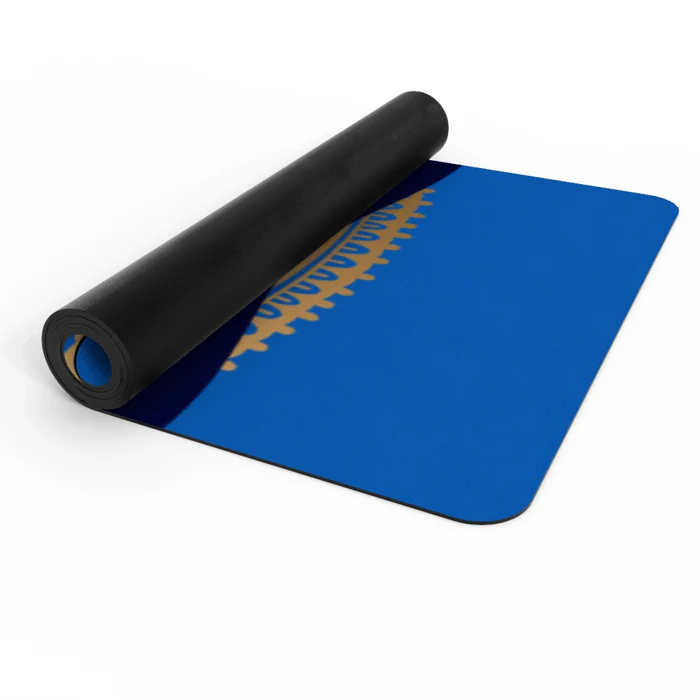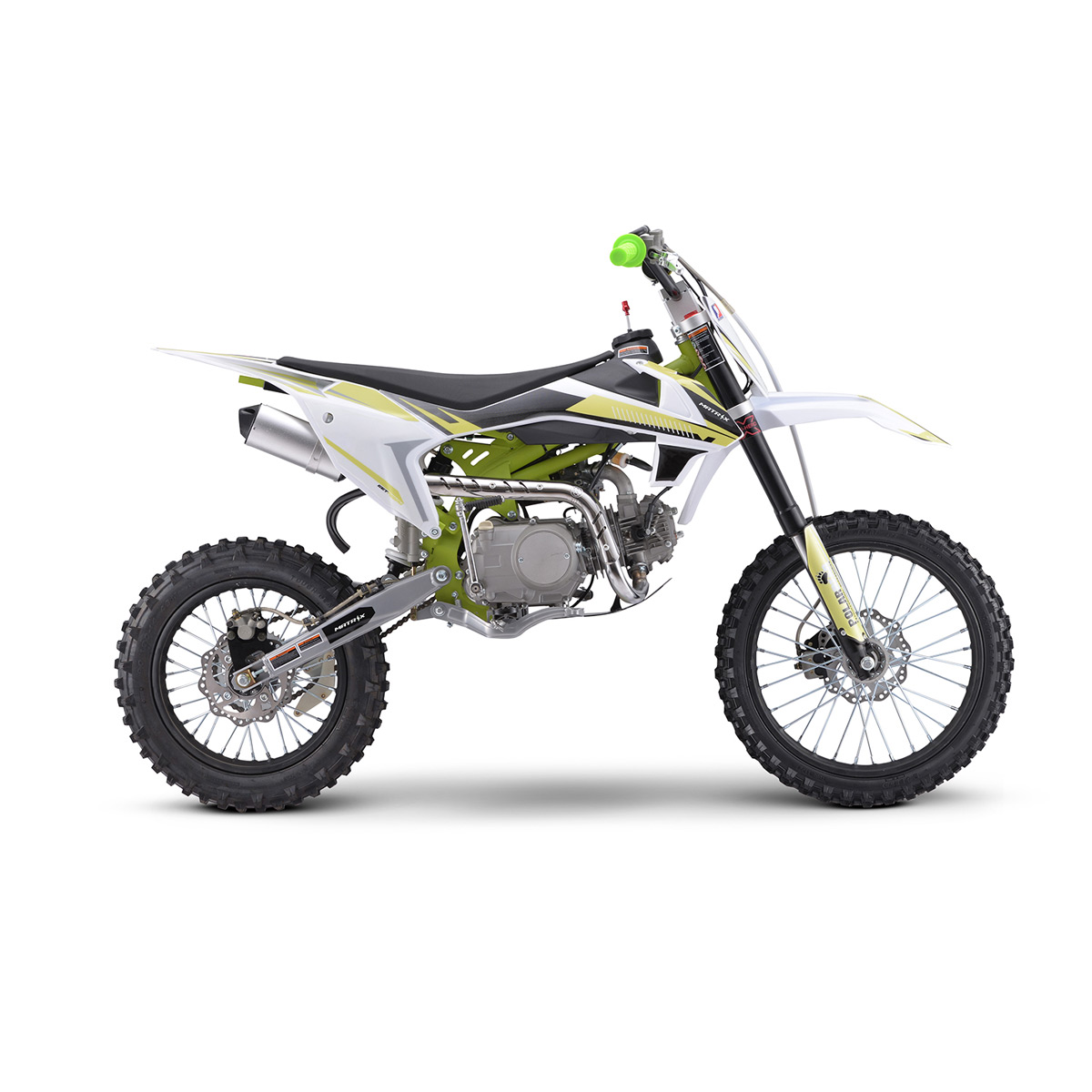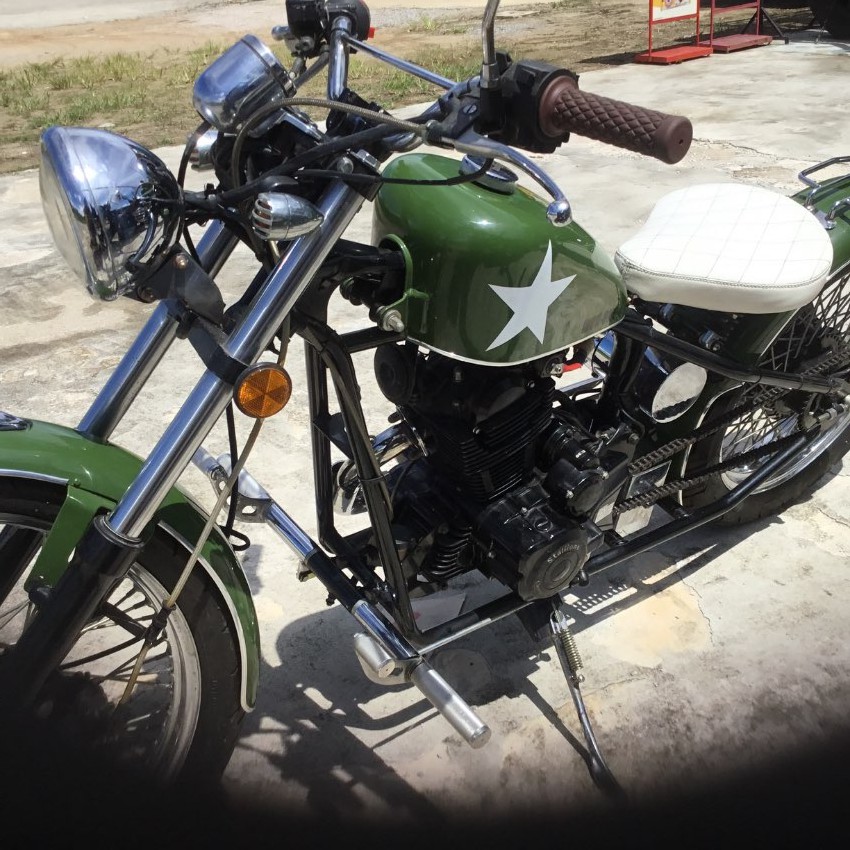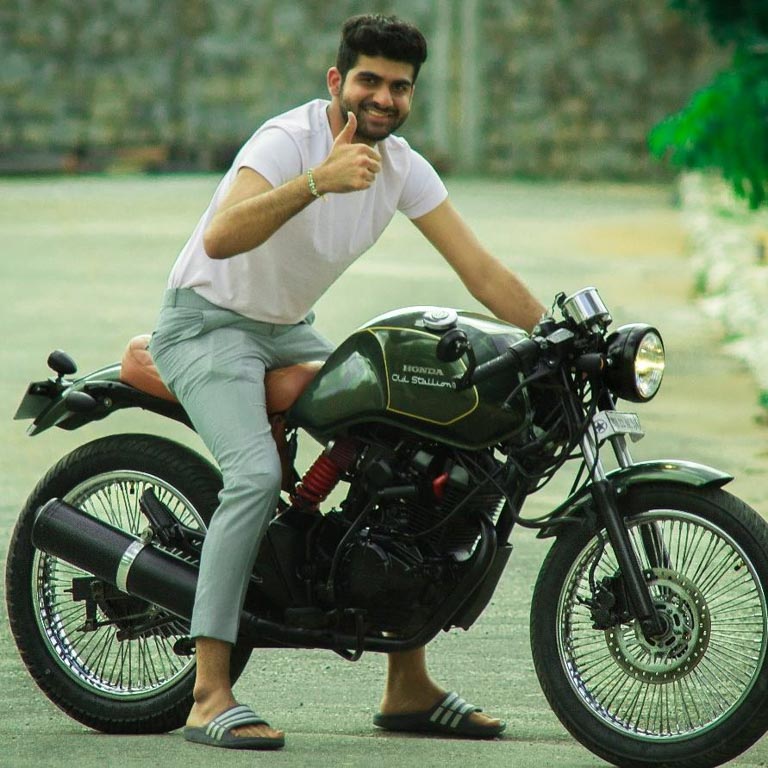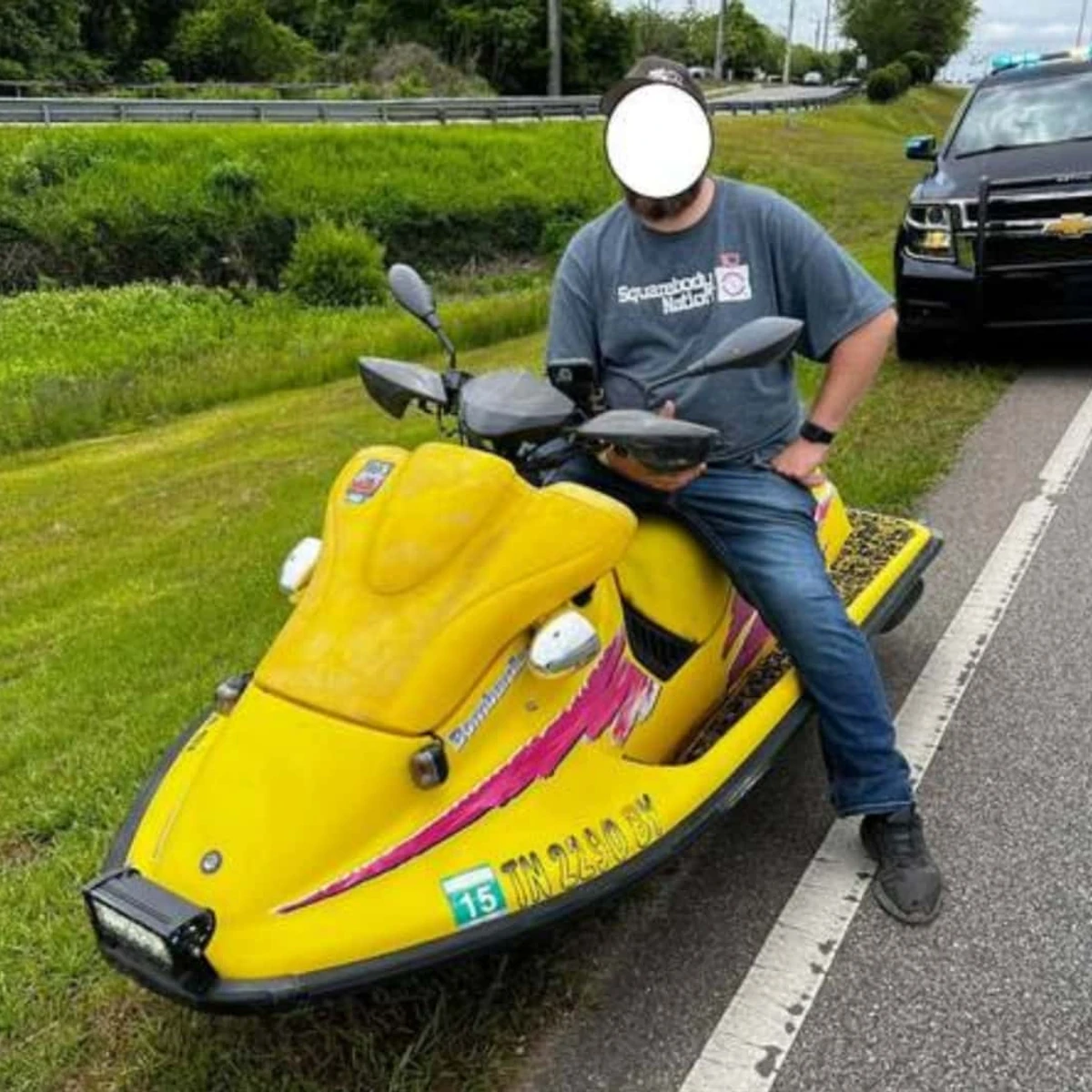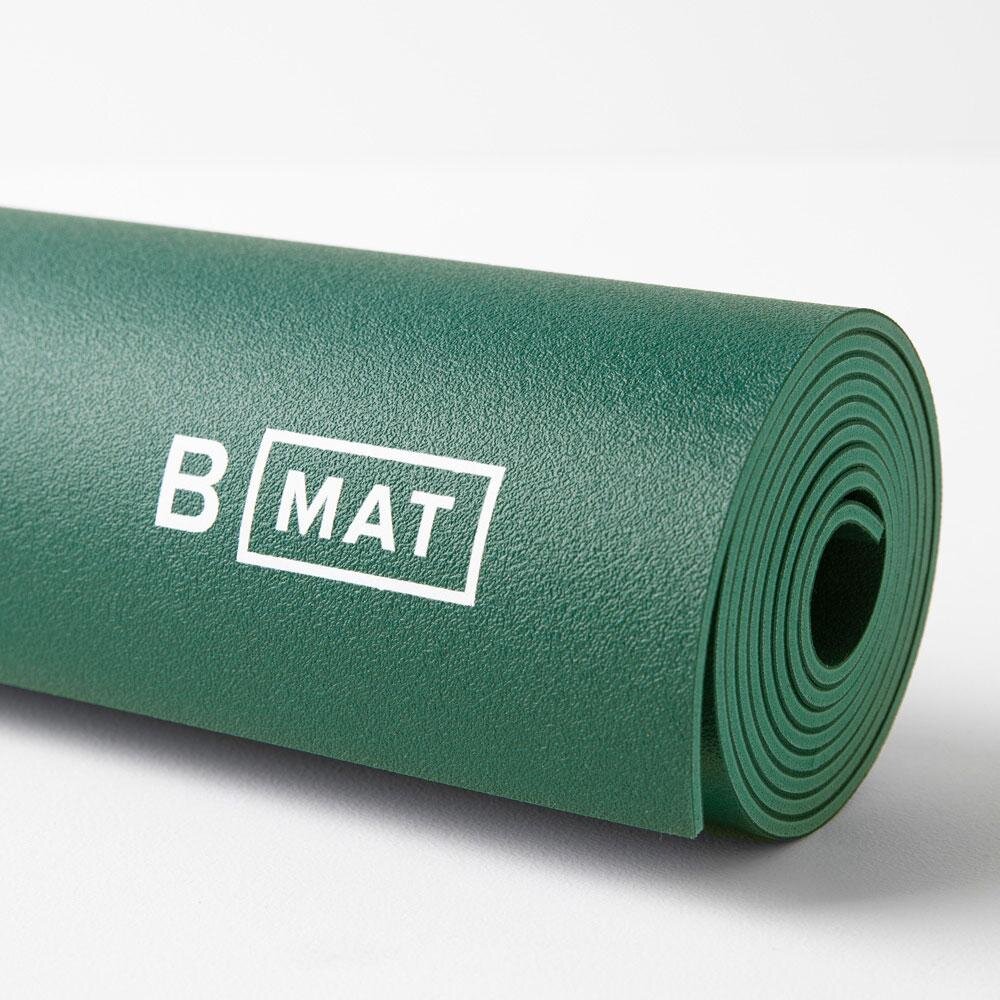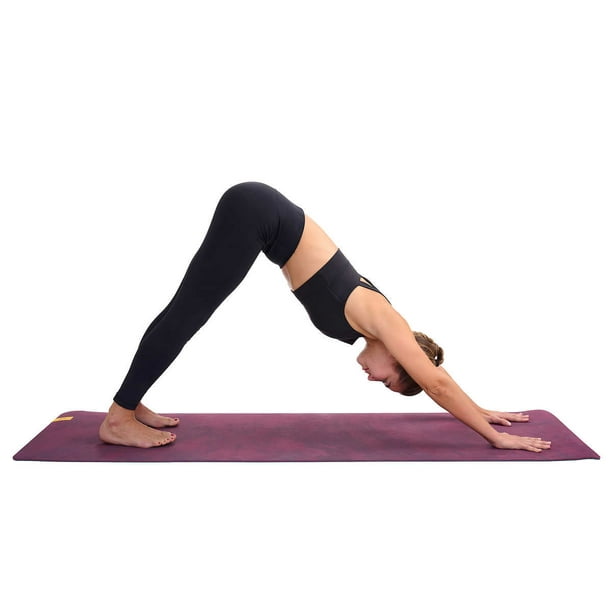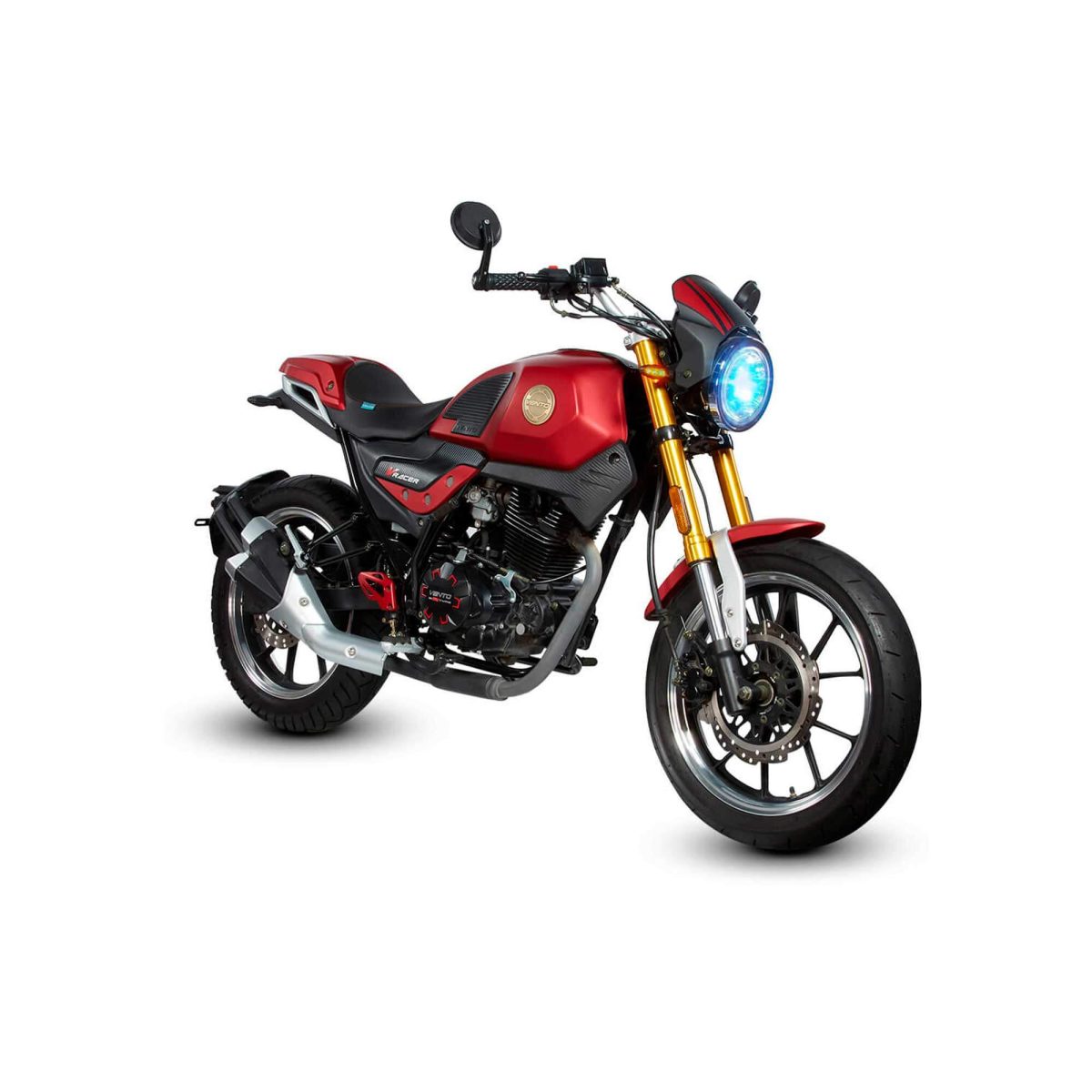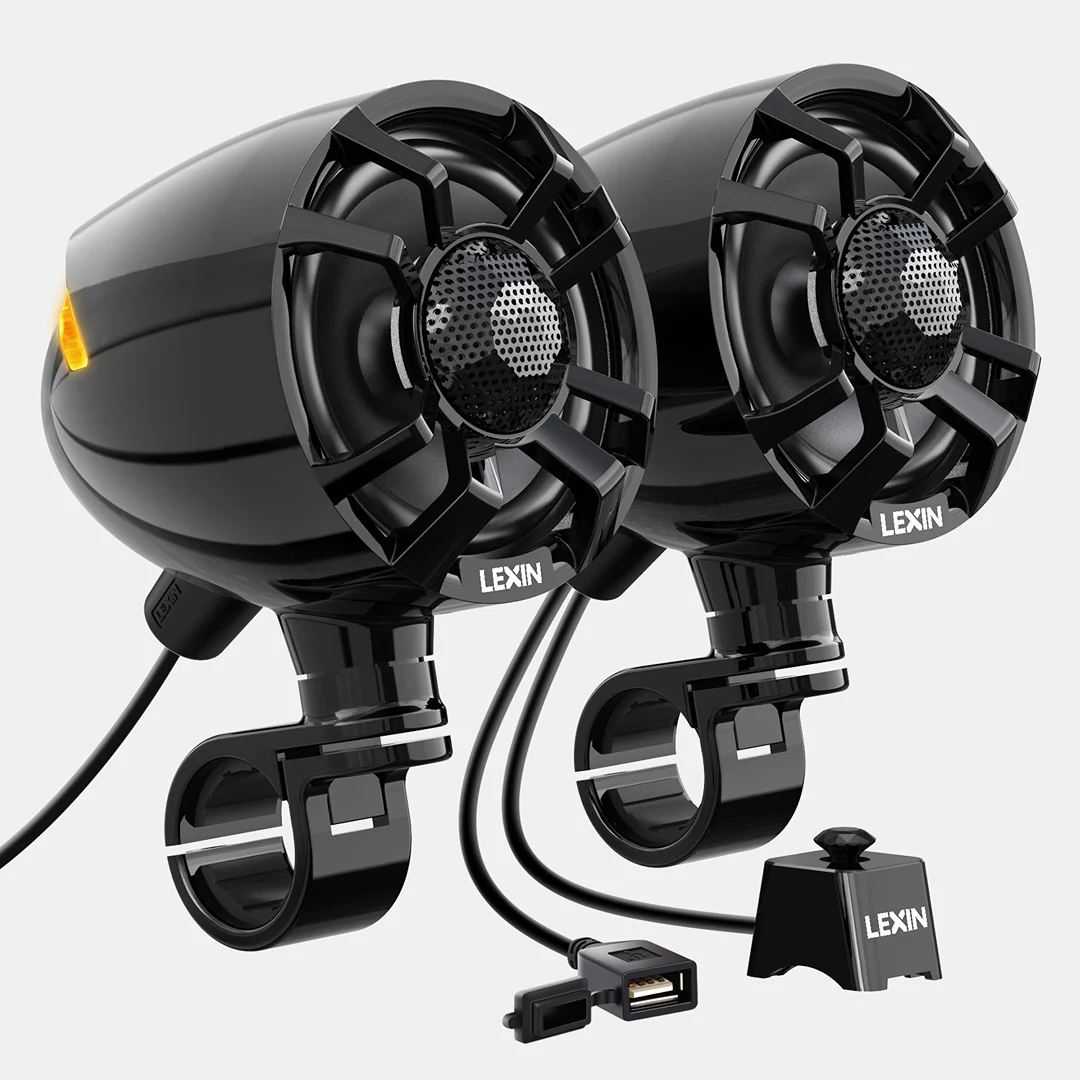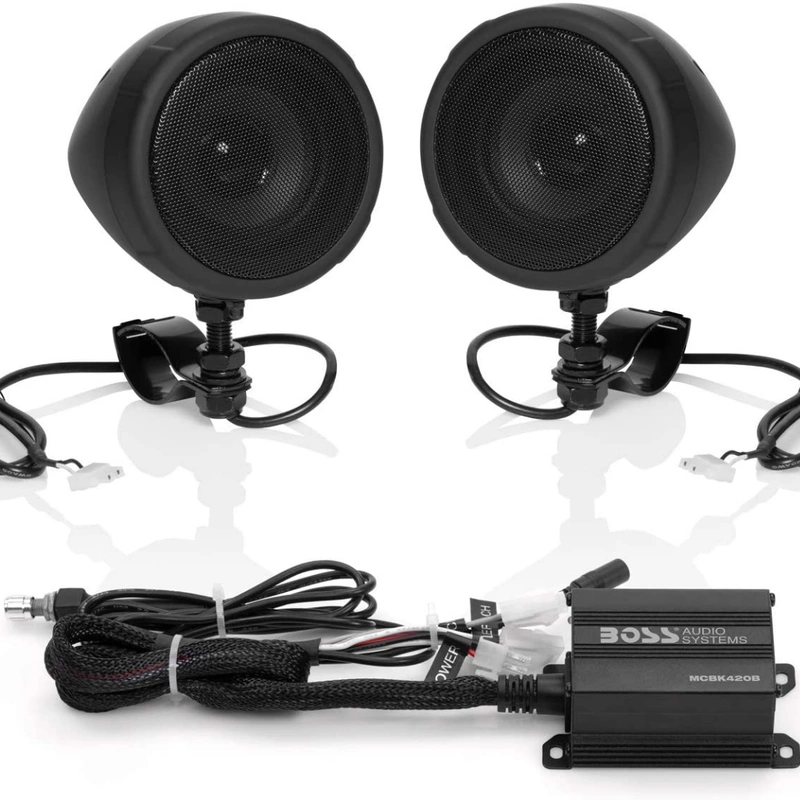The Classic Shoulder Roll Method
Carrying your yoga mat with style is easy. Shoulder rolling is a timeless favorite. It offers comfort and convenience. Here’s how to do it.
Step-by-step Instructions for the Shoulder Roll
- Roll your mat tightly like a burrito.
- Stand it up, then grab one end in each hand.
- Swing the rolled mat over one shoulder carefully.
- Adjust it to sit comfortably, avoiding slips.
- Walk with confidence; you’re ready for yoga class!
This shoulder roll technique is perfect for yogis on-the-go. It uses no extra tools and keeps your mat secure. With this method, you blend practicality with a touch of adventure.
Using Elastic Bands for Secure Transportation
Finding a way to secure your yoga mat neatly can be tricky. Elastic bands provide an easy solution. These simple items can be found in most homes.
Benefits of Elastic Bands in Keeping Mats Tight
Elastic bands are effective in maintaining a tight roll of your mat. They prevent the yoga mat from unrolling unexpectedly. This ensures your mat remains compact and easy to handle. Additionally, using elastic bands is cost-effective and requires no special purchases. Thus, they are an excellent choice for yogis on a budget.
The Trendy Tote Twist Approach
Carrying your yoga mat in a tote bag adds style and convenience. Roll your mat tightly and slide it into a large, sturdy tote. This method keeps your mat secure and leaves room for other essentials. You can carry a water bottle, keys, and even snacks for after yoga. The tote bag allows you to blend style with functionality effortlessly.
Integrating Yoga Mats into Everyday Fashion
Using a tote for your yoga mat makes a fashion statement. Choose a tote that matches your personal style or stands out with bold colors or patterns. This approach not only solves the practical problem of carrying a yoga mat. It also turns the mat into a fashion accessory. You can look trendy and ready for yoga with little effort. The tote twist is perfect for yogis who value both style and convenience.
Cloth Belt or Scarf Alternative
Transform everyday items into a mat carrier. Use a cloth belt or scarf.
How to Use Soft Accessories for Easy Carry
- Lay the cloth belt or scarf flat on the ground.
- Place your rolled mat on top of the cloth’s center.
- Bring the ends of the cloth up and over the mat.
- Tie the ends together above the mat snugly.
- Slip the knot over your shoulder for a side-sling look.
This method makes carrying your yoga mat simple. It’s perfect for a quick solution. It uses items you already own. Plus, it adds a bohemian touch to your yoga gear.
Backpack as a Yoga Mat Holder
Carrying a yoga mat in a backpack is smart and secure. Many backpacks feature external compression straps. These are perfect for holding a yoga mat.
Compression Straps for Vertical Mat Placement
- Roll your mat tightly into a cylinder shape.
- Locate the compression straps on your backpack.
- Slide the rolled yoga mat vertically under the straps.
- Tighten the straps to secure the mat firmly in place.
- Ensure the mat does not hang loose or swing.
Using a backpack to carry your yoga mat frees your hands. It also protects your mat as you move. This method is ideal for hikers or bikers. It makes transport easy without extra equipment. Choose a backpack with strong, adjustable straps for best results.
DIY Quick-Sling Technique
Turning everyday items into a yoga mat carrier is possible. The DIY quick-sling method is fun and practical.
Crafting Your Own Yoga Mat Sling
- Find two carabiners and a sturdy rope, or even an old necktie.
- Loop the rope through each carabiner, attaching them to the ends of your rolled mat.
- Adjust the sling’s length for comfort when carrying.
- This custom-made sling is unique and cost-effective.
- Enjoy the convenience of a hands-free carry to your yoga sessions.
Creating a yoga mat sling yourself is satisfying. It adds a personal touch to your yoga gear. Plus, it’s an ideal solution when you’re on a budget. With the DIY quick-sling, carrying your yoga mat becomes easy. It also adds an element of creativity to your practice.
Simple Underarm Method
Sometimes, simplicity wins. The underarm method is about ease and speed. No straps, no tools, just grab and go.
The Effortless Grip-and-Go Solution
Carrying your mat can’t get easier than this:
- Roll up your mat snugly.
- Tuck it under one arm like a newspaper.
- Grip it firmly to avoid any slippage.
- Go about your day with your mat in tow.
This method is the epitome of hassle-free. It’s ideal for quick trips where time matters. Plus, it lends a ‘too cool for accessories’ vibe to your overall look. Just make sure your mat is rolled tight to avoid a runaway roll in transit. And hang on to it well, especially on windy days.
Clothing with Pockets for Emergency Situations
When your yoga mat tries to escape, pockets save the day. With pockets, keep your essentials safe.
Practical Attire Choices for Yoga Enthusiasts
Yogis know, practical wear makes for smooth travels. Opt for clothes with pockets. They secure keys and phones when your mat opts for freedom. A wise choice for carefree movement.
Creative Carrying Techniques
Level 1: Over-the-Shoulder Wrap
One simple yet effective way to carry your yoga mat without a strap is to use the over-the-shoulder wrap technique. Simply drape the mat over one shoulder and hold the ends of the mat with your hands. This method provides a secure and comfortable way to carry your mat, and allows for easy access when you need to unroll it for your practice.
Level 2: Crossbody Carry
Another creative carrying technique is the crossbody carry, where you wrap the mat diagonally across your body and secure it in place. This method ensures that your mat stays close to your body and out of the way, making it ideal for busy commutes or outdoor adventures. With the crossbody carry, you can keep your hands free while comfortably transporting your yoga mat.
Stylish and Functional Options
Level 1: Convertible Yoga Mat Strap
Look for a convertible yoga mat strap that can also double as a yoga strap for your practice. These versatile accessories typically feature adjustable loops that can securely hold your mat, and can be easily adjusted to fit your preferred carrying style. With a convertible yoga mat strap, you can enjoy the convenience of having a multi-functional accessory for both carrying and practicing yoga.
Level 2: Leather Yoga Mat Holder
For a stylish and durable option, consider investing in a leather yoga mat holder. These high-quality holders typically feature a sleek and minimalist design, along with sturdy straps or buckles for secure carrying. A leather yoga mat holder not only adds a touch of sophistication to your yoga gear, but also provides a reliable way to transport your mat without the need for a separate strap.
Conclusion
How to carry yoga mat? Transporting your yoga mat without a strap doesn’t have to be a challenge. With the creative carrying methods and innovative accessories mentioned in this article, you can easily find a practical and stylish way to take your mat with you wherever you go. Whether you opt for a DIY solution, multi-purpose yoga accessory, or unique carrying technique, there are plenty of options to choose from. By exploring these 8 creative ways to carry your yoga mat without a strap, you can discover new and convenient ways to enhance your yoga practice on the go.


